-
×
 Set 4 Live Moringa Trees Plants, Moringa Oleifera Plants, Malunggay Plant for Growing, Drumstick Tree, Horseradish Tree
$39.99
Set 4 Live Moringa Trees Plants, Moringa Oleifera Plants, Malunggay Plant for Growing, Drumstick Tree, Horseradish Tree
$39.99 -
×
 Rare Dwarf Green Malayan Costa Rican Certified Coconuts
$65.98
Rare Dwarf Green Malayan Costa Rican Certified Coconuts
$65.98 -
×
 1 Eastern Redbud Tree Live Plant Seedling in Quart Pot, 6 to 12 Inches Tall, Red Bud Tree Plants Live, Purple Lavender Redbud Blooms Color
$28.99
1 Eastern Redbud Tree Live Plant Seedling in Quart Pot, 6 to 12 Inches Tall, Red Bud Tree Plants Live, Purple Lavender Redbud Blooms Color
$28.99 -
×
 4 Lavender Plants Live, Munstead Live Lavender Plant Indoor Outdoor, Perennial Lavender Flower Plants, 4 Inch Pot Lavender Plants Live, Edible Herb
$45.99
4 Lavender Plants Live, Munstead Live Lavender Plant Indoor Outdoor, Perennial Lavender Flower Plants, 4 Inch Pot Lavender Plants Live, Edible Herb
$45.99 -
×
 White Rose Climbing Live Starter Plant, Fragrant White Climbing Rose for Planting Outdoor, No Pot, 1 Year Old Rose Plant, Well-Rooted Rose Plants Live Ready to Plant
$35.99
White Rose Climbing Live Starter Plant, Fragrant White Climbing Rose for Planting Outdoor, No Pot, 1 Year Old Rose Plant, Well-Rooted Rose Plants Live Ready to Plant
$35.99 -
×
 Set 2 Wonderful Pomegranate Tree Live Plant - 6 to 9 Inches Tall, Pomegranate Fruit Tree Plant for Home Garden
$35.98
Set 2 Wonderful Pomegranate Tree Live Plant - 6 to 9 Inches Tall, Pomegranate Fruit Tree Plant for Home Garden
$35.98 -
×
 3 Maid of Orleans Sambac Jasmine Live Plants, Jasmine Plant Live, Sambac Jasmine, 4 to 6 Inc Tall, Tea Jasmine Fragrant Plant, Blooming Jasmine Plants
$49.99
3 Maid of Orleans Sambac Jasmine Live Plants, Jasmine Plant Live, Sambac Jasmine, 4 to 6 Inc Tall, Tea Jasmine Fragrant Plant, Blooming Jasmine Plants
$49.99 -
×
 Set 2 Black Walnut Trees Seedlings Live Plants, Black Walnut Tree Sapling, Hardy Walnut for Gardens, Bare Root, 8 to 16 Inc Tall, No Leaf
$34.99
Set 2 Black Walnut Trees Seedlings Live Plants, Black Walnut Tree Sapling, Hardy Walnut for Gardens, Bare Root, 8 to 16 Inc Tall, No Leaf
$34.99 -
×
 Dwarf Blue Green Hosta Live Plant in 4 Inch Pot, Hosta Live Plant, Well Rooted, Perennial Hosta
$28.99
Dwarf Blue Green Hosta Live Plant in 4 Inch Pot, Hosta Live Plant, Well Rooted, Perennial Hosta
$28.99 -
×
 25 Daylily Bulbs, Yellow Daylilies Bulbs for Planting, Daylily Roots, Daylily Flower Bulbs
$79.96
25 Daylily Bulbs, Yellow Daylilies Bulbs for Planting, Daylily Roots, Daylily Flower Bulbs
$79.96 -
×
 Mailika Grafted Mango Tree Live Plant, 1.5-3 Ft Tall, Mango Tree Plant in Gallon Pot for Outdoor Planting
$129.99
Mailika Grafted Mango Tree Live Plant, 1.5-3 Ft Tall, Mango Tree Plant in Gallon Pot for Outdoor Planting
$129.99
Up to - 19%
Black Walnut Tree Live Plant, Black Walnut Tree Sapling, Hardy Walnut for Gardens, No Pot, 8 to 16 Inc Tall, Dormant in Winter
Original price was: $30.99.$24.99Current price is: $24.99.
Enhance your garden with this Black Walnut Tree Live Plant. A hardy, well-rooted sapling, delivered at 8-16 inches. Ideal for Zones 4-9, this bare root tree adds lasting beauty.
Estimated arrival
Dec 19
Dec 24 - Dec 26
Dec 29 - Jan 02
Shipping and return policies: Our 30-Day Plant Health Guarantee covers issues with your plants within the first 30 days. Get in touch with us via email, and our team will review your concerns and, if necessary, provide you with a one-time replacement at no cost.

 Rare Dwarf Green Malayan Costa Rican Certified Coconuts
Rare Dwarf Green Malayan Costa Rican Certified Coconuts  1 Eastern Redbud Tree Live Plant Seedling in Quart Pot, 6 to 12 Inches Tall, Red Bud Tree Plants Live, Purple Lavender Redbud Blooms Color
1 Eastern Redbud Tree Live Plant Seedling in Quart Pot, 6 to 12 Inches Tall, Red Bud Tree Plants Live, Purple Lavender Redbud Blooms Color 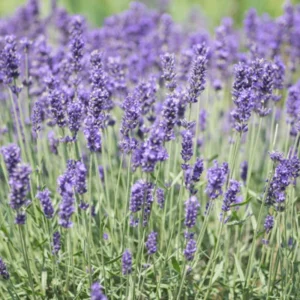 4 Lavender Plants Live, Munstead Live Lavender Plant Indoor Outdoor, Perennial Lavender Flower Plants, 4 Inch Pot Lavender Plants Live, Edible Herb
4 Lavender Plants Live, Munstead Live Lavender Plant Indoor Outdoor, Perennial Lavender Flower Plants, 4 Inch Pot Lavender Plants Live, Edible Herb  White Rose Climbing Live Starter Plant, Fragrant White Climbing Rose for Planting Outdoor, No Pot, 1 Year Old Rose Plant, Well-Rooted Rose Plants Live Ready to Plant
White Rose Climbing Live Starter Plant, Fragrant White Climbing Rose for Planting Outdoor, No Pot, 1 Year Old Rose Plant, Well-Rooted Rose Plants Live Ready to Plant  Set 2 Wonderful Pomegranate Tree Live Plant - 6 to 9 Inches Tall, Pomegranate Fruit Tree Plant for Home Garden
Set 2 Wonderful Pomegranate Tree Live Plant - 6 to 9 Inches Tall, Pomegranate Fruit Tree Plant for Home Garden 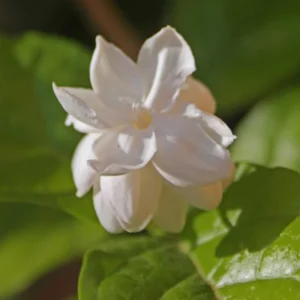 3 Maid of Orleans Sambac Jasmine Live Plants, Jasmine Plant Live, Sambac Jasmine, 4 to 6 Inc Tall, Tea Jasmine Fragrant Plant, Blooming Jasmine Plants
3 Maid of Orleans Sambac Jasmine Live Plants, Jasmine Plant Live, Sambac Jasmine, 4 to 6 Inc Tall, Tea Jasmine Fragrant Plant, Blooming Jasmine Plants 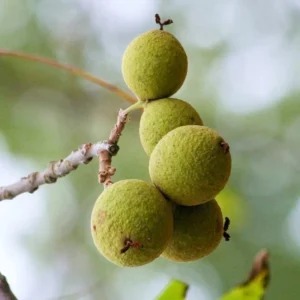 Set 2 Black Walnut Trees Seedlings Live Plants, Black Walnut Tree Sapling, Hardy Walnut for Gardens, Bare Root, 8 to 16 Inc Tall, No Leaf
Set 2 Black Walnut Trees Seedlings Live Plants, Black Walnut Tree Sapling, Hardy Walnut for Gardens, Bare Root, 8 to 16 Inc Tall, No Leaf 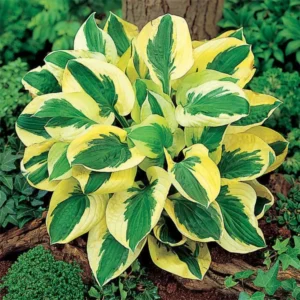 Dwarf Blue Green Hosta Live Plant in 4 Inch Pot, Hosta Live Plant, Well Rooted, Perennial Hosta
Dwarf Blue Green Hosta Live Plant in 4 Inch Pot, Hosta Live Plant, Well Rooted, Perennial Hosta  25 Daylily Bulbs, Yellow Daylilies Bulbs for Planting, Daylily Roots, Daylily Flower Bulbs
25 Daylily Bulbs, Yellow Daylilies Bulbs for Planting, Daylily Roots, Daylily Flower Bulbs 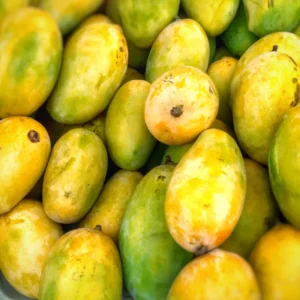 Mailika Grafted Mango Tree Live Plant, 1.5-3 Ft Tall, Mango Tree Plant in Gallon Pot for Outdoor Planting
Mailika Grafted Mango Tree Live Plant, 1.5-3 Ft Tall, Mango Tree Plant in Gallon Pot for Outdoor Planting 
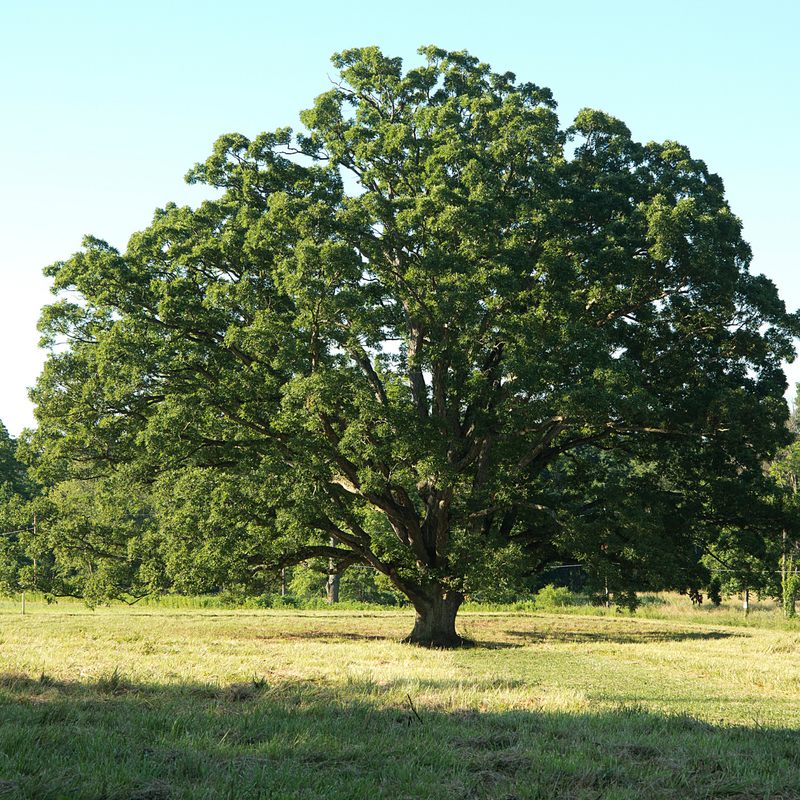







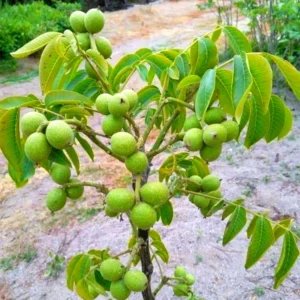








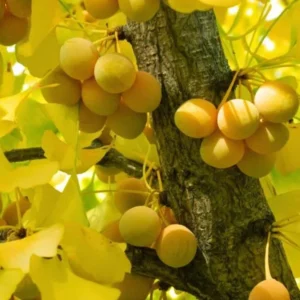
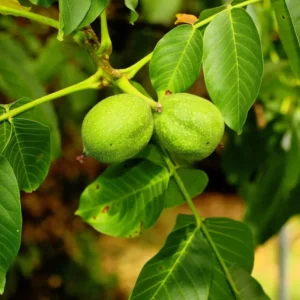
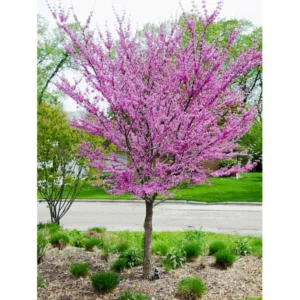
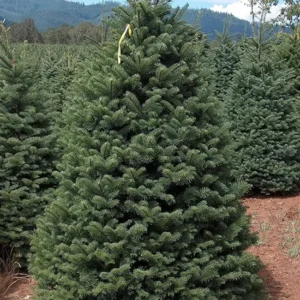
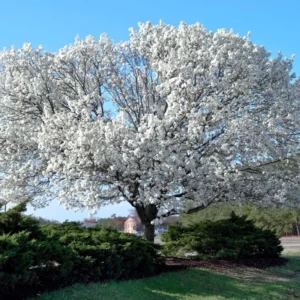
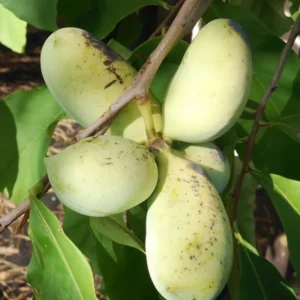
Reviews
There are no reviews yet.